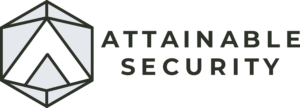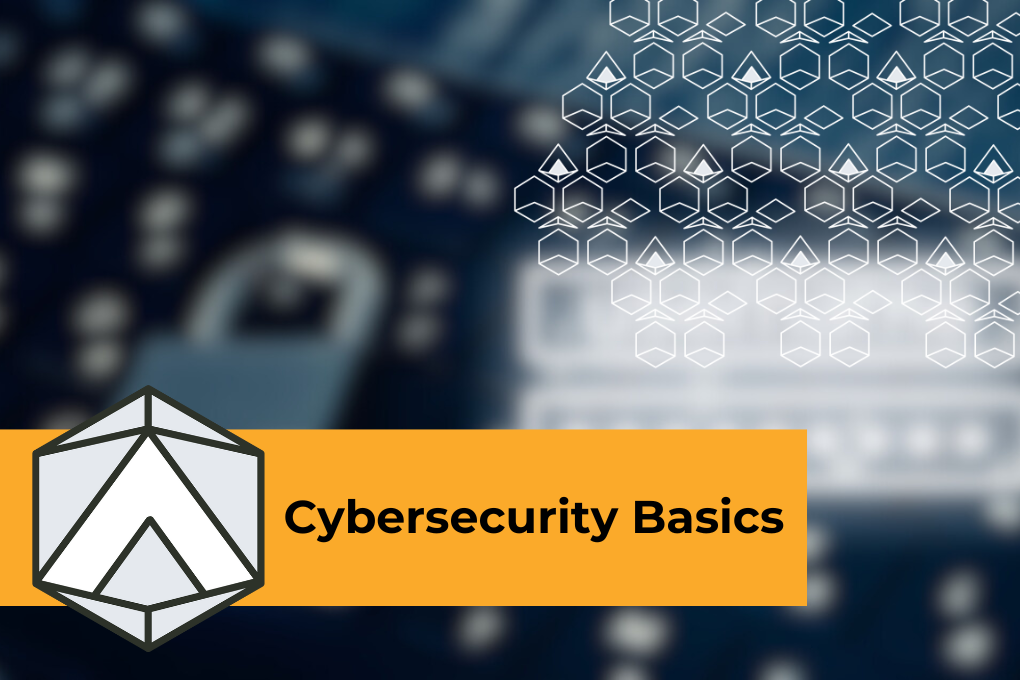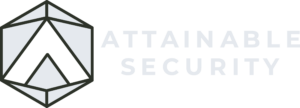Multi-Factor Authentication (MFA) strengthens account and information security by requiring verification through multiple credentials before granting access. By utilizing a combination of something you know, something you have, and something you are, MFA introduces a robust layer of security that is more comprehensive than traditional two-factor authentication. Let’s dive into some of the benefits of MFA.
Exploring the benefits of MFA reveals its critical role in achieving zero-trust security, enhancing regulatory compliance, and mitigating password risks. Additionally, MFA’s compatibility with Single Sign-On solutions and its effectiveness in securing remote work underline why MFA is important for contemporary cybersecurity strategies.
Understanding Multi-Factor Authentication (MFA)
Multi-Factor Authentication (MFA) is a security process that enhances protection by requiring multiple forms of verification from users before granting access to an account or application. This method is crucial in safeguarding sensitive information and systems from unauthorized access. Relying solely on passwords, even long and complex passwords, simply isn’t an adequate strategy anymore. Leaks, phishing attacks, and other threats constantly compromise passwords. MFA acts as an additional layer of protection when passwords are compromised.
While MFA and authentication hygiene is in relatively common in larger firms, adoption in medium and smaller businesses is much lower. Our mission through this article and our services is to help empower small and medium businesses to increase their security.
The Basics: Core Components of MFA
MFA combines several authentication elements together to ensure that even if someone has your password, that’s not enough to gain access to your account. In order to sign in, all authentication requirements must be met, not just a password. Usually, elements of MFA can be broken down into the following categories:
- Something You Know, also known as a “Knowledge Factor”. This can include passwords, PINs, or answers to security questions.
- Something You Have, also known as a “Possession Factor”. This can include smartphone authenticator apps, security tokens, or hardware tokens.
- Something You Are, also known as an “Inherence Factor”. This can include biometrics such as fingerprints, facial recognition, or voice recognition.
There are also several advanced MFA methods, such as Adaptive MFA, also known as Risk-Based Authentication. Adaptive MFA adjusts authentication challenges based on user activity and risk levels. However, extensive configuration and training needs limit most advanced MFA methods to larger, highly regulated organizations.
Implementing MFA involves a careful consideration of the organization’s specific needs, the security requirements, and the user experience to ensure effective protection without hindering access.
The Key Benefits of MFA
Multi-Factor Authentication (MFA) significantly enhances security measures by integrating multiple verification processes. Here’s a breakdown of its key benefits:
- Enhanced Security Against Automated Attacks. MFA can block up to 100% of automated bot attacks and 99% of bulk phishing attacks, making unauthorized access exceedingly difficult.
- Regulatory Compliance and Data Protection. By implementing MFA, organizations can meet compliance requirements for data protection and privacy, such as HIPAA and PCI-DSS, ensuring that sensitive information remains secure.
- Reduction of Password Risks. MFA eliminates the reliance on passwords alone by requiring additional methods of identity confirmation. This approach significantly reduces the risk of security breaches and unauthorized access, protecting sensitive data more effectively. For example, while passwords can, and often are, leaked in data breaches, the same is virtually unheard for MFA. Sign up for our free Human Risk Report to discover if any of your business identities have been compromised!
- Cost-Effective Security Enhancement. Implementing MFA is a cost-effective strategy to increase security measures and protect against cyber threats, providing an additional layer of security without significant financial investment. Most large email providers, such as Microsoft Office 365 and Google Workspace, offer MFA even with their most basic packages.
- Protection Against Phishing and Account Takeover Attempts. MFA requires users to provide multiple forms of verification, which helps protect against phishing attacks and prevents up to 99.9% of account takeover attempts, ensuring that only authorized users can access their accounts.
MFA’s ability to add more levels of security, especially when paired with single sign-on solutions, makes it a versatile and effective cybersecurity solution for both organizational and personal use.
Implementing MFA in Your Business
Implementing MFA in your business involves understanding its challenges and strategic applications. While MFA enhances security, it may introduce user inconvenience and compatibility issues with certain devices or applications. Optimal security requires deploying MFA on a wide range of platforms and accounts, such as email, financial services, core business applications, and social media. Regulations like HIPAA and several industry standards mandate MFA, solidifying its importance as a security requirement. These requirements help justify an argument to implement MFA. To navigate these challenges, consider the following steps:
- Assess Your Needs: Identify critical accounts that require more protection. For example, you can begin by targeting privileged users and sensitive roles.
- Select Appropriate MFA Solutions: There are many MFA options in the market today. These range from more modern options like dedicated authenticator apps to more physical solutions, such as hardware tokens. Avoid SMS-based verification when possible, as SMS is not a secure or encrypted messaging system.
- Plan and Educate: Treat the MFA rollout like a marketing campaign. Focus on user awareness, provide clear instructions, FAQs, and training opportunities. Acknowledge the additional effort required from employees and prepare support for failed sign-ins and late enrollments.
By carefully planning the implementation and focusing on user education, businesses can effectively enhance their security posture. Maximizing the benefits of MFA while minimizing disruption to operations is integral to a smooth and effective rollout.
Conclusion
The development of MFA is a testament to the growing need for more comprehensive security solutions, regardless of business size. It functions not only as a barrier against unauthorized access but also as a dynamic shield adapting to emerging threats. As we consider the pathways to fortifying our digital property, the importance of implementing cutting-edge solutions such as multi-factor authentication cannot be overstated.
Reach out to us at Attainable Security to learn more about how you can improve your organization’s cybersecurity posture. In embracing technologies like MFA, you can help pave the way towards a more secure digital future for your organization.




